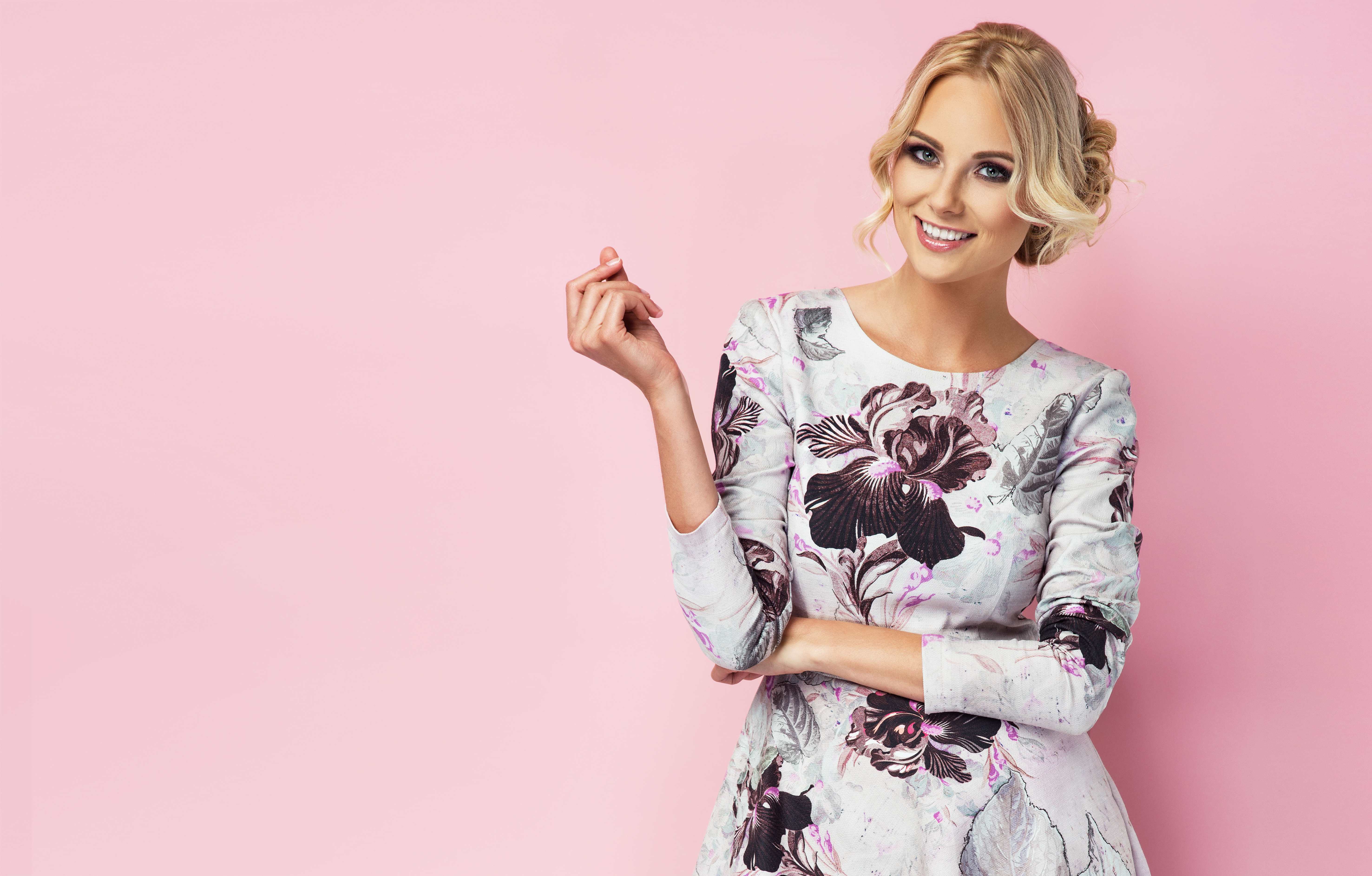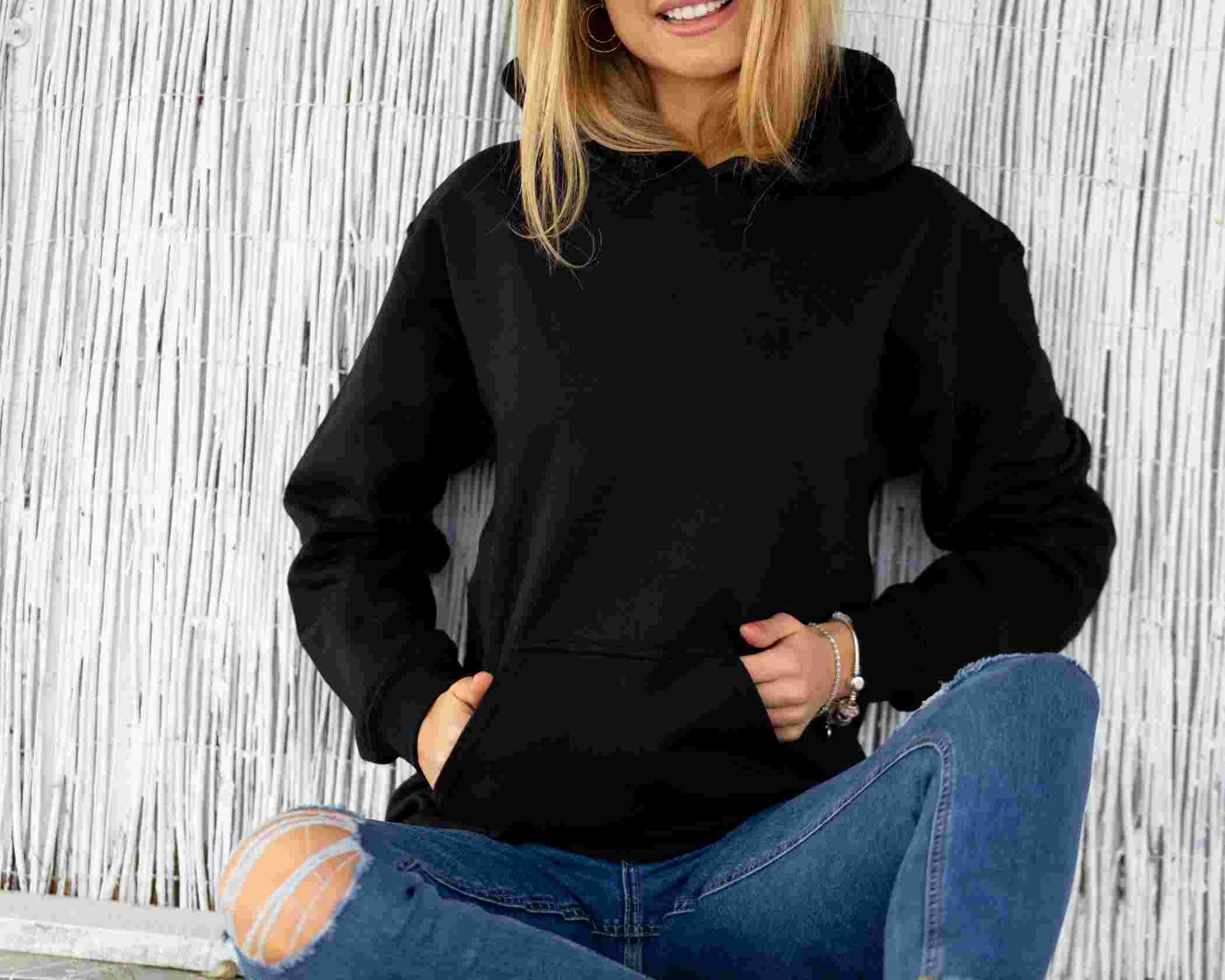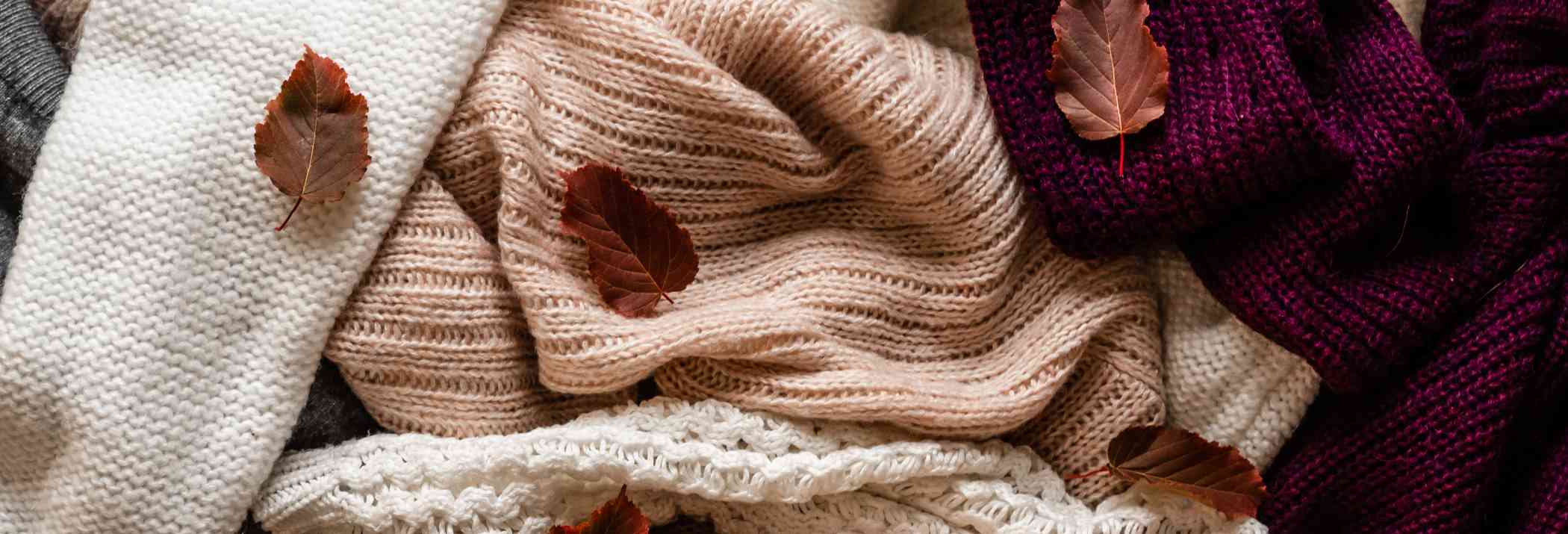Plus-Size Fashion Designers Are Role Models



Summary: The change in plus-size fashion being embraced by the fashion industry did not happen overnight. There have been advocates shouting for its inclusivity for decades. Stylists and fashion designers have identified what's missing in the current plus-size fashion market—quality apparel, styles, silhouettes and colors for curvy women. Retailers have received the memo that one size doesn't fit all.
Plus-Size Fashion Designers are the New Trailblazers
The fashion industry has finally acknowledged its obsession with skinny Victoria's Secret model-like bodies and is paving the path to more body positivity. The internet and social media have spearheaded this revolution in body acceptance, along with plus-size celebrities in the limelight. There are communities and platforms for curvy women to celebrate their bodies instead of being body-shamed and bullied. Designers, brands, and retailers have realized that every consumer is deserving of the coolest trends and styles, no matter what size.
Typically plus size is above size 12 and the average American fits sizes between 16 and 18. The plus-size fashion market was at least a year behind the trends.
For most designers, it started with a necessity as not enough larger-size apparel was created. Brands came up with elevated basics for sizes 16 and above. Plus-size representation on runways grew with supermodels like Ashley Graham walking for brands like Michael Kors and Fendi. She was on the cover of Vogue & Sports Illustrated magazines, flaunting her cellulite. This body confidence was a fresh take on the once size-zero-dominated industry.
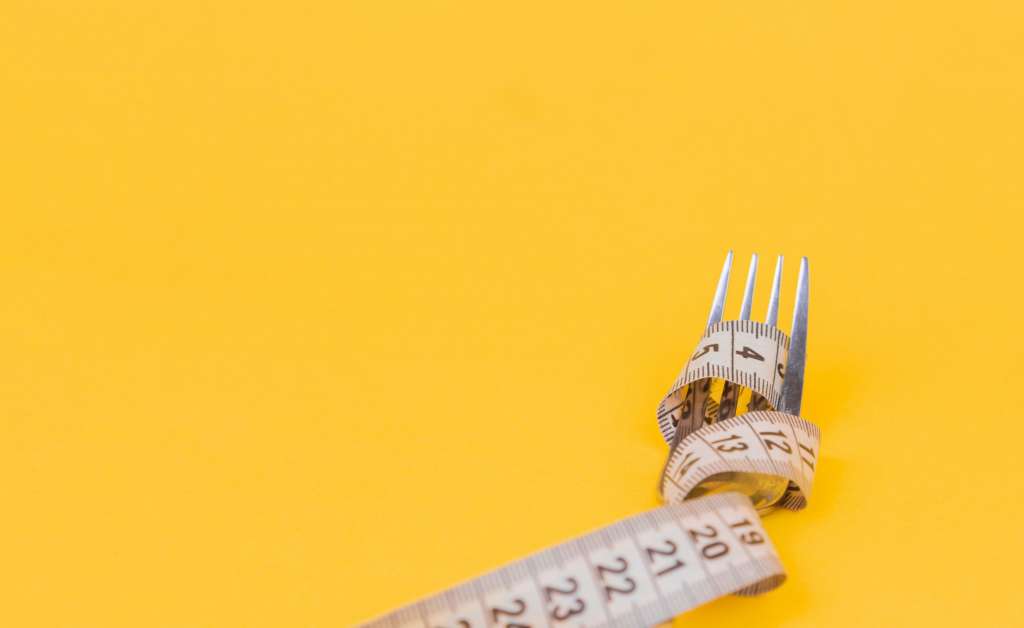
Extended Sizing
There have been many challenges faced by designers and brands to resolve the plus-sized gap in the fashion industry. Plus size fashion industry is the fastest-growing segment in apparel and according to market research, this industry is estimated for more than $21 billion. Social media is allowing the amplification of this unattended segment.
Plus-size women represent 68% of shoppers. More than half of women in the US belonging to age groups 18-65 wear a size 14 or higher. Lack of representation and diversity is pushing brands to create assorted collections to fill this size gap. By not listening to these consumers, the vast earning potential of the industry is getting limited.
Brands like Anthropologie, JCrew, Everlane and American Eagle are creating an extended sizing range from 14 to 28 from workwear to swimwear. Major retailers like Walmart and Target are increasing their size range to accommodate all sizes and shapes. Sportswear giants and athleisure brands like Nike and Fabletics are now selling plus-size lingerie and activewear.
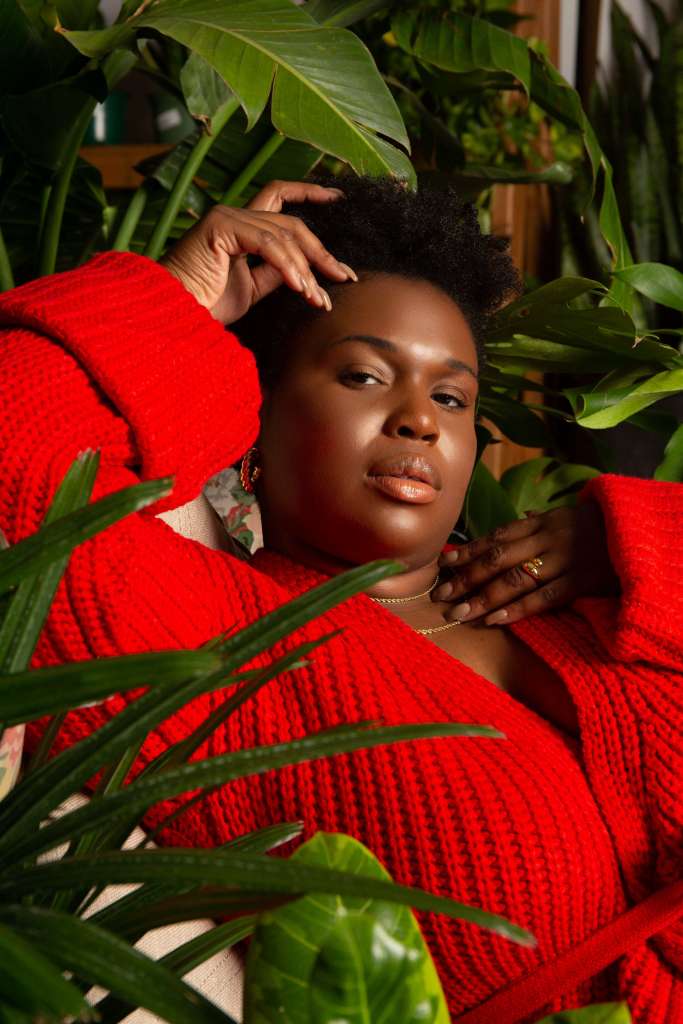
Diversity is the new cool!
More runways including curvy models indicate that designers are pivoting towards size-inclusive lines but with this becoming more mainstream, it looks more like a trend. The most inclusive brand of late is Savage X Fenty by Rihanna. There is a sudden shift from the status quo of brands like Dolce & Gabbana extending the size range to US 18 from size 12.
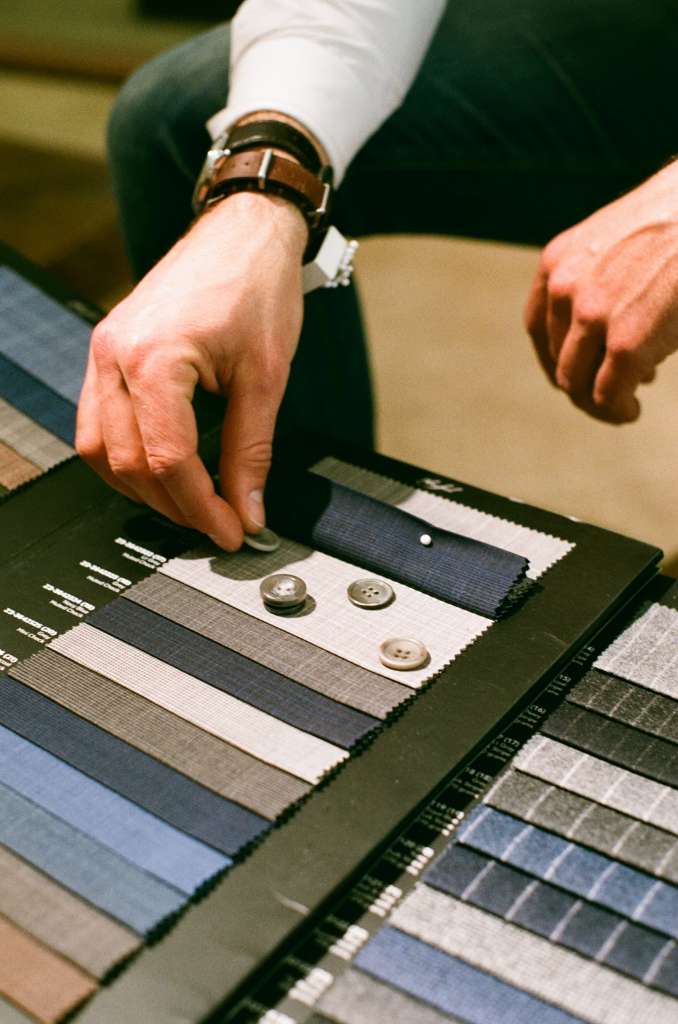
Bespoke is the future
Cost is a critical factor in creating a plus-size line, as creating patterns beyond sample sizes or adapting apparel features to accommodate fuller figures add to the cost of production. This is one of the reasons why most luxury brands aren't ready to accommodate plus sizes. Brands like Michael Kors and Ralph Lauren have sizes up to 3X but the case is not the same with its other luxury counterparts.
These drawbacks are expected to be mitigated through tech innovations in the future like personalization and customization. Bespoke or tailor-made garments will fit all body types and sizes within the next five years. Bigger bodies deserve to look cool too and it's high time designers provide more than outdated basics to their consumers.
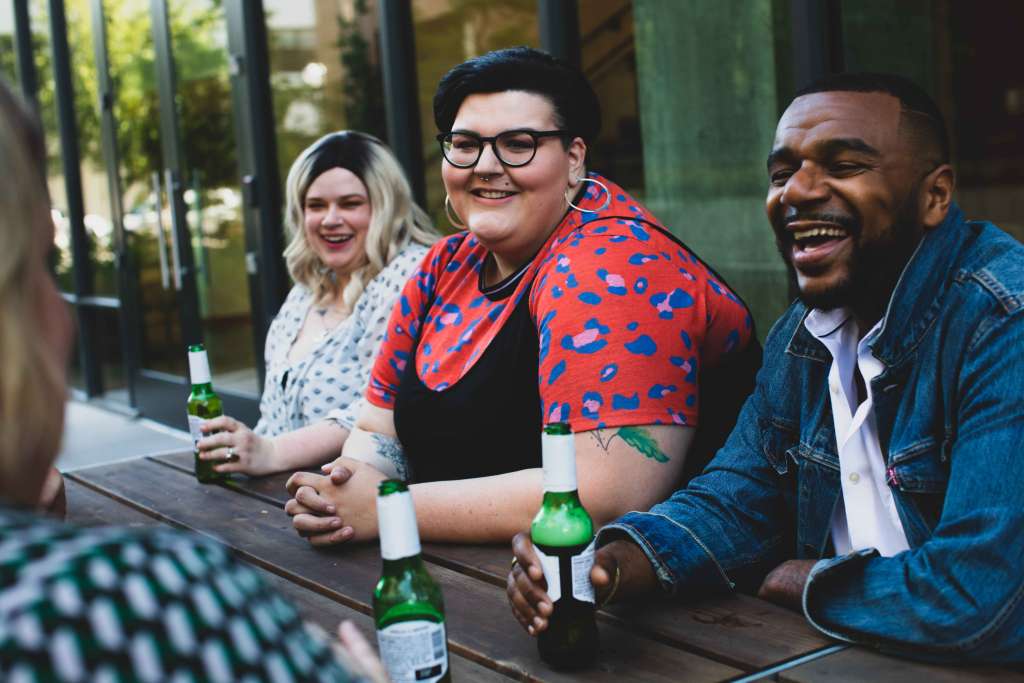
Conclusion
Apart from the higher costs in translating patterns for plus size fashion and other challenges, designers like Christian Siriano and Project Runway fame Ashley Nell Tipton have made it clear that the whole point of designing is to make people feel good in their skin despite the size. With more celebs like Octavia Spencer and "Truth hurts" singer Lizzo talking about their struggle to find designers for their plus-size bodies, it is evident that the industry has a problem that needs to be addressed. By embracing positive body image and breaking the bias, designers and brands can revolutionize this new shift towards inclusivity by either getting on board or fading into irrelevance.
Key takeaways
- Plus size typically means sizing over 12 and an average American fits size between 16 and 18. Plus size fashion industry is the fastest growing segment in apparel and according to market research, this industry is estimated for more than $21 billion.
- Due to the influence of social media influencers and bloggers, more attention is drawn toward body positivity and the fact that more than half of women's sizes are underrepresented.
- More brands and designers have initiated adding plus-size-inclusive lines, and including curvy models on the runway comes as good news and a glimmering hope to an industry, that excluded the plus-sized.
Creating fashion brands has never gotten easier. Be a part of the fashion revolution as we support you in designing your plus-size clothing line, where everything from sourcing to delivery is taken care of, with just a click.
Reach out to us to get AI and data-driven solutions, efficient tracking and support in a jiffy when you sign up on Fashinza.com.















